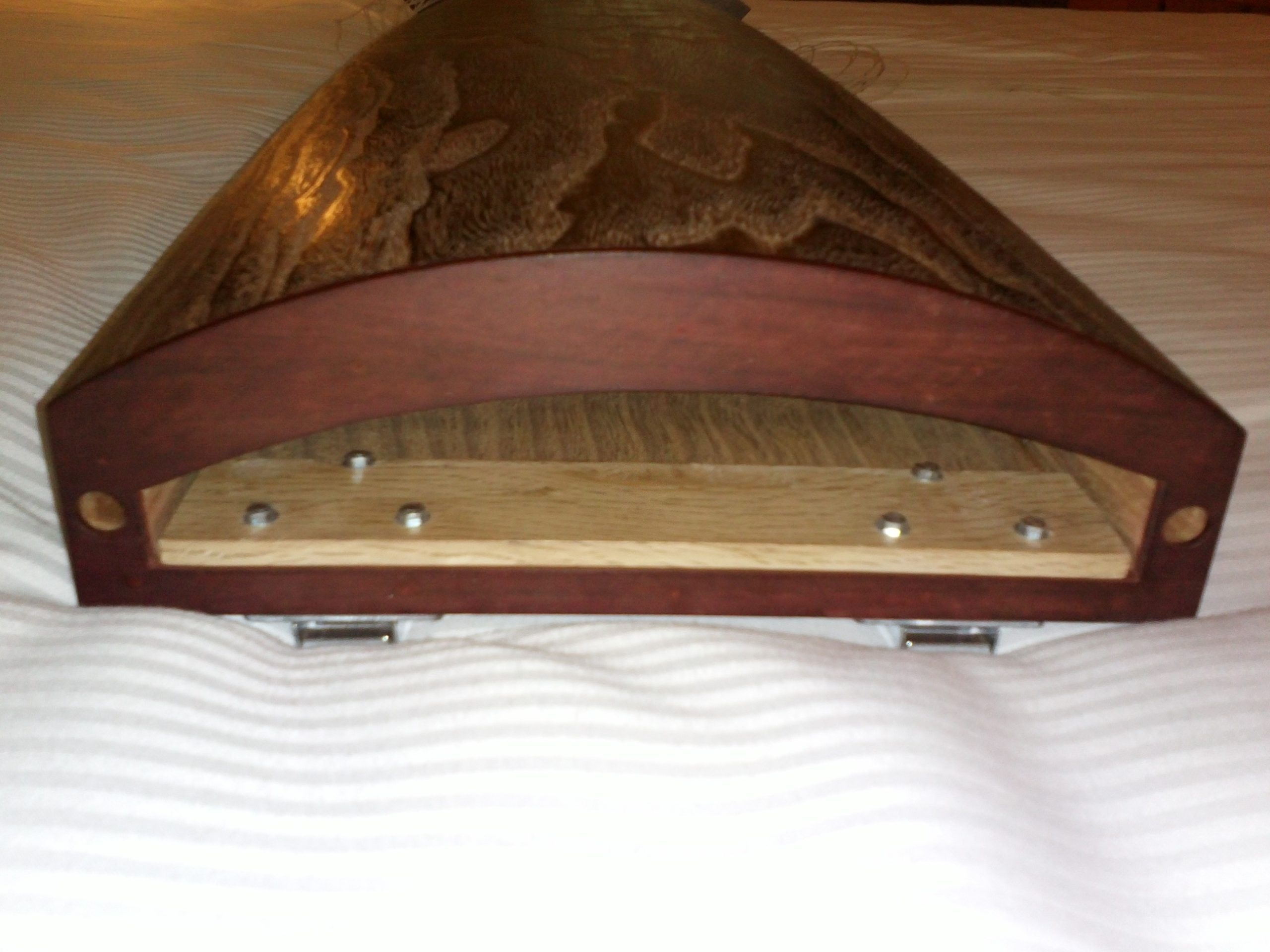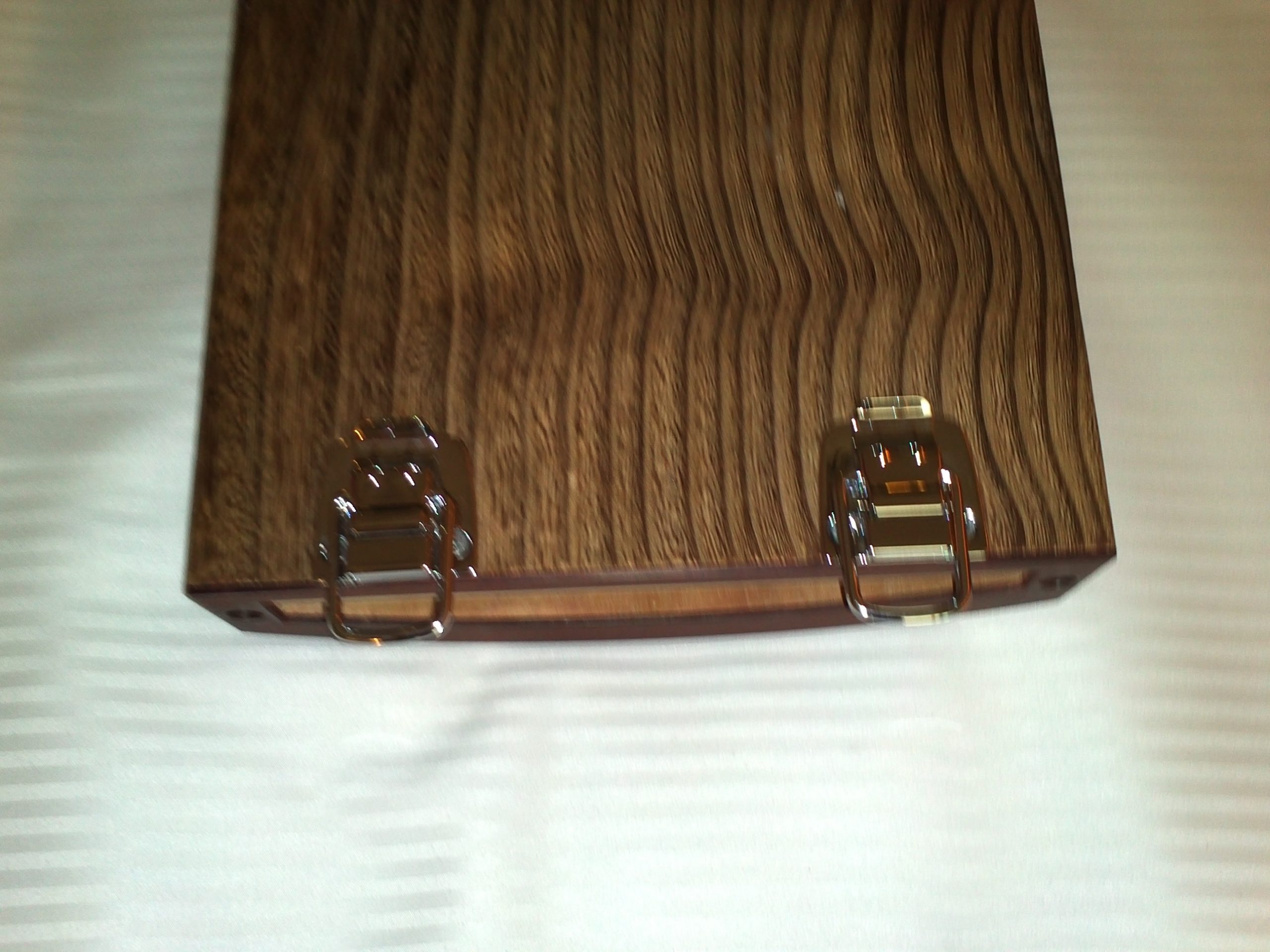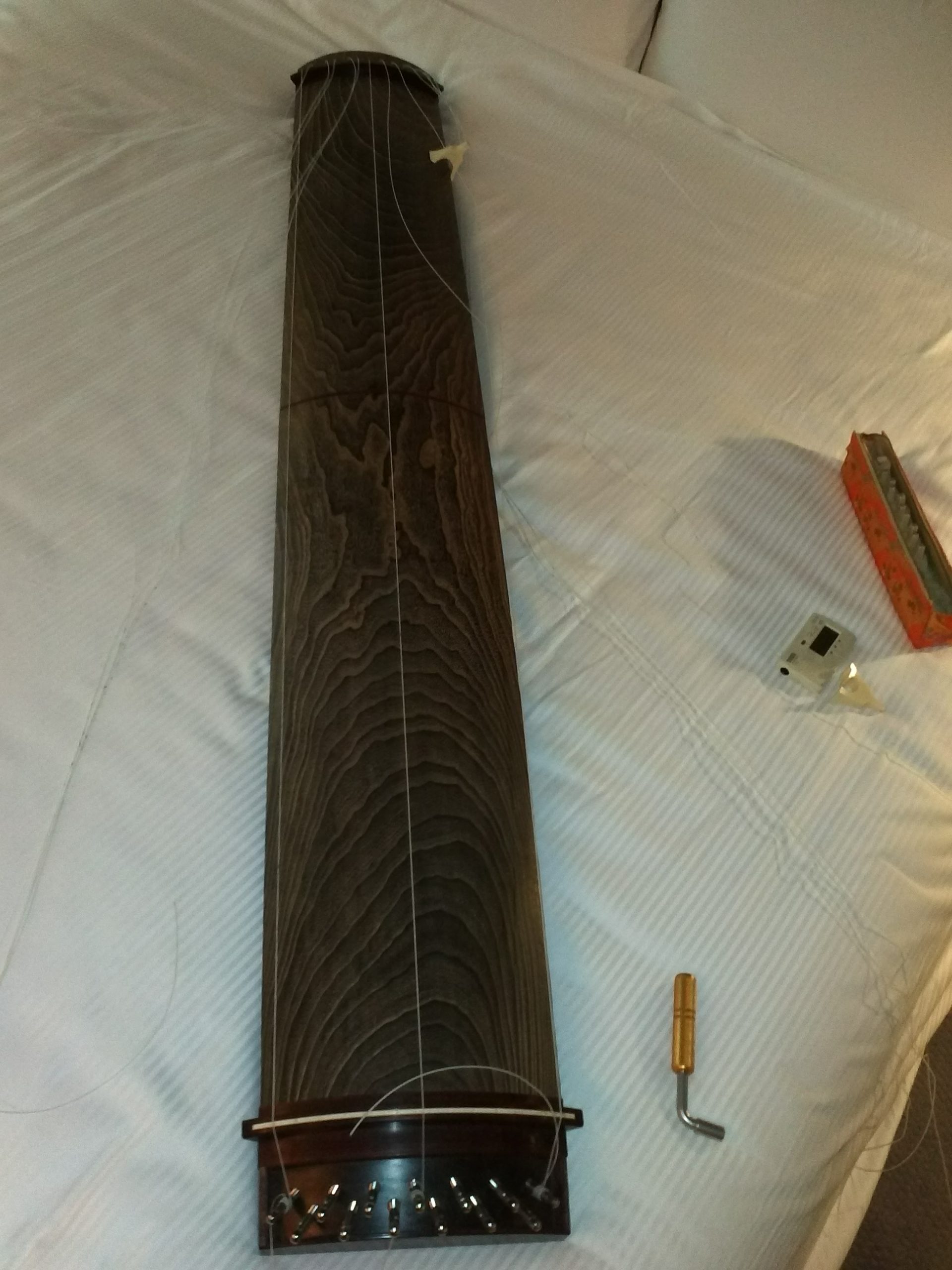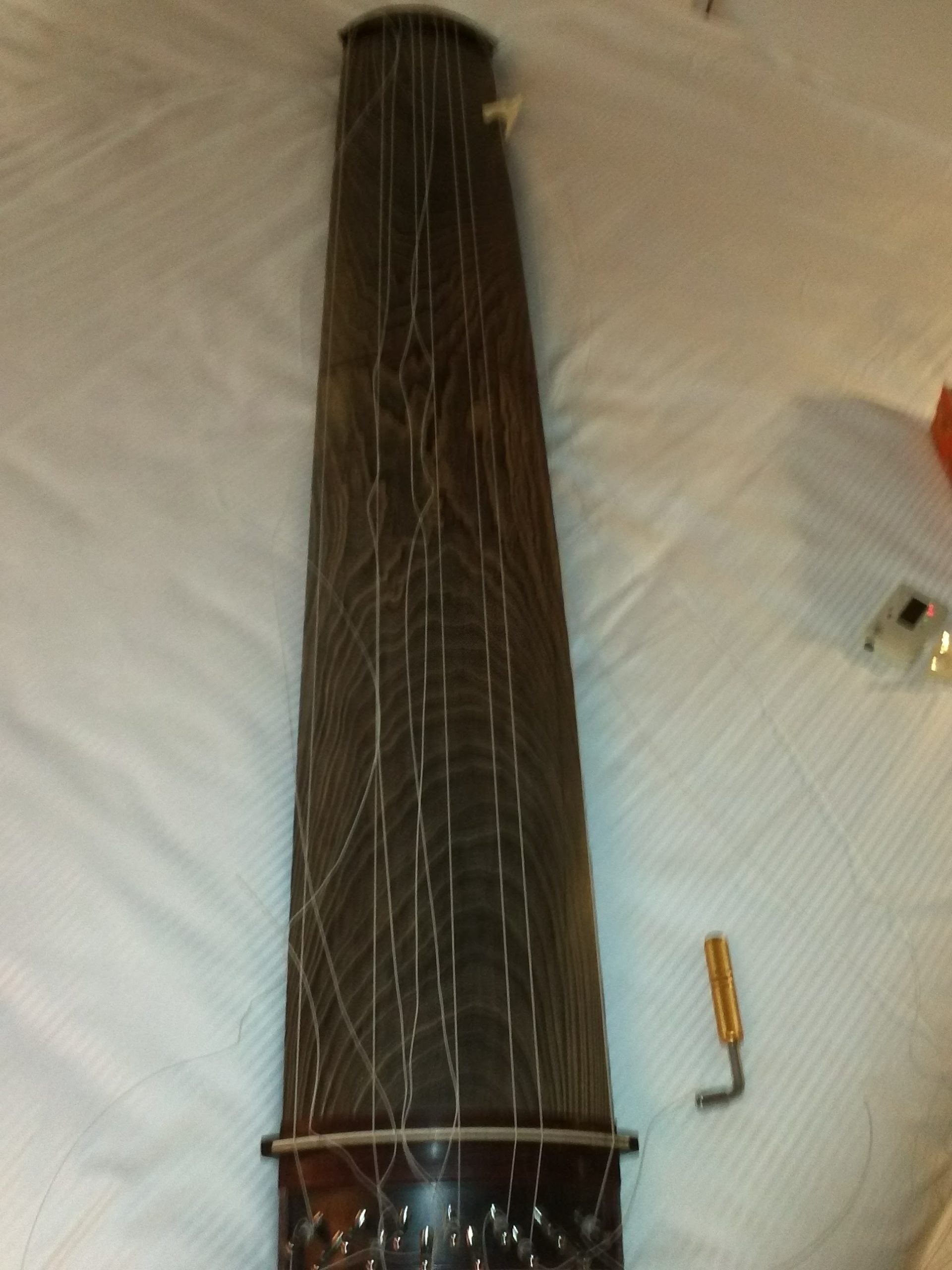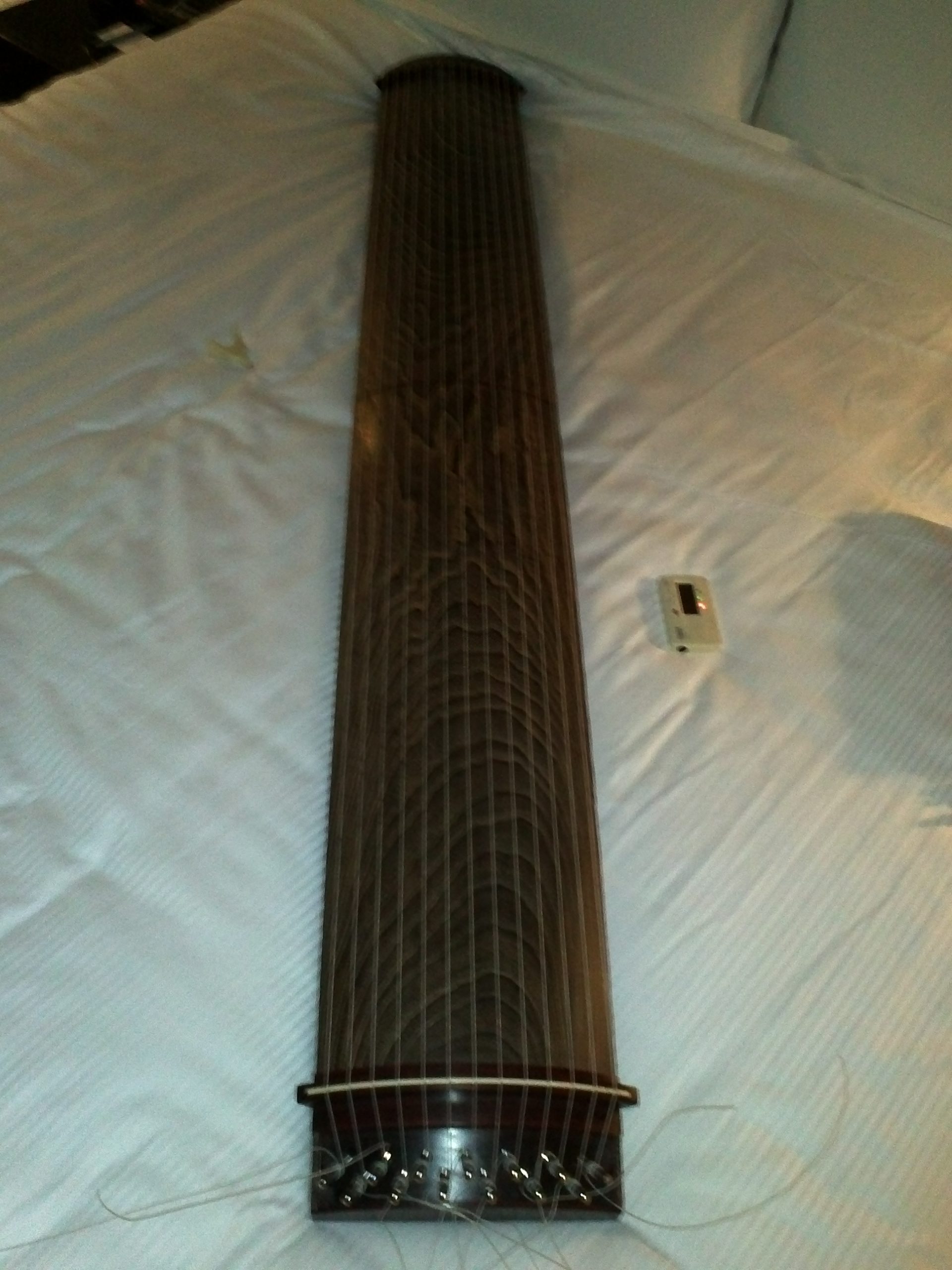Koto
What is koto?
Koto, its origins
The koto is comprised of 13 silk strings (although today, synthetic strings are used), which are stretched across a body made of hollowed out Paulownia wood. The instrument is tuned by sliding movable bridges, called “ji”, underneath the strings. The koto is played with picks, called “tsume”, placed on the thumb and first two fingers of the right hand.
This beautifully shaped stringed instrument is a member of the East Asian zither family. The koto is said to have derived from the kulbit, a Filipino bamboo cylindrical instrument, but its shape as we know it today was developed in China. The koto came to Japan in the eighth century by way of the Korean Peninsula.
The instrument was originally used for court music. Thereafter, it came to be played by Buddhist monks, and eventually, reached the general populous.
The earliest existing koto music, Rokudan no Shirabe (Music of Six Steps), was composed by Yatsuhashi Kengyo in the mid 17th century. Why is there no existing music older than this?
The koto was originally played by blind musicians. Therefore, they had no need for musical notation. Even when folk music proliferated in Japan’s urban areas in the 18th and 18th centuries, the Japanese govermment declared a policy that only the blind could be professional koto players. This was to project the professions of these physically impaired musicians.
In the 18th and 19th centuries, the koto developed significantly as an instrument of accompaniment for the popular music as such, some 90% of all traditional koto music contains lyrics.
Koto, in the modern age
After Japan reopened its borders to the West in 1854 following over 200 years of isolation, the country’s musical landscape changed dramatically. Japan came under the influence of foreign music, particularly European. As a result, the instruments improved, and so called “artistic music”, as opposed to popular music, began to be composed.
No instrument was affected by these influences more than the koto. As many stringed instrument, the koto can be used to perform many genres of music and therefore it was highly adaptable to foreign music.
The koto continues to develop even today, with variations in the number of strings (20,25,30, and even 80!), the materials used for strings, and musical collaboration with many different instruments.
At the same time, the koto remains at its essence the instrument that most arouses the feelings of the Japanese of the roots of their hearts and souls.
History of Kit-O-koto
THE FOLDABLE KOTO
An ordinary Koto is 180cm long. When I travel by train, car or plane, carrying the long Koto for concerts and rehearsals, this extremely long instrument often makes travel more difficult. Especially in flight, extra baggage fees can be costly. The bulk of the Koto has been a continuing burden. I now live in France, and I once flew from Europe to Asia and was demanded, at the check-in counter, to pay 300$ in extra fees for a one-way ticket.
The rough size of a Koto is 180cm long, 30cm wide and 10cm deep. It means that the width and the depth is unexpectedly small, though the Koto itself is very long. The main part of the Koto, that is, the body, is made of paulownia. Accordingly, with good quality wood and excellent craftsmanship, I thought, by connecting two divided sections, it would be possible to make a Koto that could maintain the same good tone quality as an ordinary one. I made up my mind to manufacture a folding Koto.
In order to realize this idea, the person I consulted was Mr. Tanikawa, an experienced Okotoya- san. He is the owner of a Koto shop “Koto Shop Tanikawa” in Setagaya, Tokyo, and many Koto players young and old entirely rely on him. I proposed to Mr. Tanikawa to manufacture a Koto that could be folded into a compact size and carried easily. Immediately he agreed to my idea, and worked on the project in collaboration with “Luther of koto,Komori”.
We are proud to announce the arrival of a new instrument: the KIT-O-KOTO. Mr. Tanikawa says that the most important challenge of dividing the Koto is properly creating the joint between the connecting surfaces. Since the tension of Koto strings is very strong, the two surfaces can be connected tightly by stretching the strings. He suggested the Koto also be reinforced with a board. He also thought of attaching a buckle that could be taken off easily. After several attempts, they succeeded in drawing up a precise design. Indeed, six Kotos were sacrificed to embody the plan.
The mechanics involve uniting the two surfaces with a pin and a buckle, and then the 13 strings are fastened one by one. The same hexagonal screws used to fasten a 17-, 20- or 25-string Koto are used. Because the pins of the strings are fastened to the Ryubi, the Kashiwaba (the place where surplus strings are wound) is not necessary.
So, Mr. Tanikawa proposed an idea to set the Ryubi further back than on an ordinary Koto. This idea made it possible to give longer strings for better performance. In setting the lowest sound at lower pitch, it is not necessary to constantly re-tighten the strings. The 13 strings are fastened on the connected surface of the body so firmly that sounds would never leak from the joint. The two bodies that are connected with a pin and a buckle resist the shocks of performance without any problem.
The string vibrations that travel through ji (bridge) spread over the whole body. The tone is as good as any ordinary Koto. I have a large repertoire, from traditional classical Koto music to collaborative performances with the concerto orchestras and jazz/world music artists. I give concerts in various countries at various kinds of music halls. KIT-O-KOTO is adaptable to any purpose or situation. For assembly and disassembly, it takes about 15 to 30 minutes, respectively.
KIT-O-KOTO is an instrument for any concert under any circumstance. I truly pay my respects to Mr. Kazuhiro Tanikawa and Mr. Yoshiaki Komori, who understood and accepted my idea, did the work of cutting the sacred paulownia body into two. I really appreciate their courage, their adventurous and functional plan and their high craftsmanship with abundant knowledge.
